The rivalry between iPhone and Samsung has defined the smartphone industry for over a decade. Every year, the competition becomes more intense as both brands push the limits of innovation, performance, and design.
In 2025, the debate continues stronger than ever – with Apple’s iPhone 16 lineup and Samsung’s Galaxy S24 series (alongside its foldable Z Fold 6 and Z Flip 6). Whether you’re upgrading your phone or buying your first flagship, choosing between iPhone and Samsung isn’t simple.
This buyer’s guide gives you a complete comparison – covering design, display, camera, battery, software, and everything that matters. By the end, you’ll know exactly which one suits you best.
iPhone vs Samsung: Quick Summary (2025 Overview)
| Category | iPhone 16 / 16 Pro | Samsung Galaxy S24 / S24 Ultra |
|---|---|---|
| Operating System | iOS 18 | Android 14 (One UI 6.1) |
| Design | Premium glass/aluminum or titanium | Sleek aluminum/glass or titanium |
| Display | Super Retina XDR OLED, up to 120Hz | Dynamic AMOLED 2X, up to 120Hz |
| Processor | Apple A18 / A18 Pro chip | Snapdragon 8 Gen 3 for Galaxy |
| Camera System | 48MP main, 12MP ultrawide, telephoto | 200MP main, 12MP ultrawide, 10MP telephoto |
| Battery Life | Up to 22 hours video playback | Up to 30 hours mixed use |
| Charging | MagSafe wireless, Lightning or USB-C | 45W fast charging, wireless + reverse charging |
| Price (USD) | $799 – $1,199+ | $799 – $1,299+ |
Both deliver stunning performance, but each brand has its own philosophy. iPhones focus on seamless experience and longevity, while Samsung emphasizes power, features, and flexibility.
Best iPhones to Buy in 2025 (Reviewed & Recommended)
If you’re looking to buy an iPhone in 2025, here are the latest and most powerful models worth your money – each reviewed and ready for affiliate promotion.
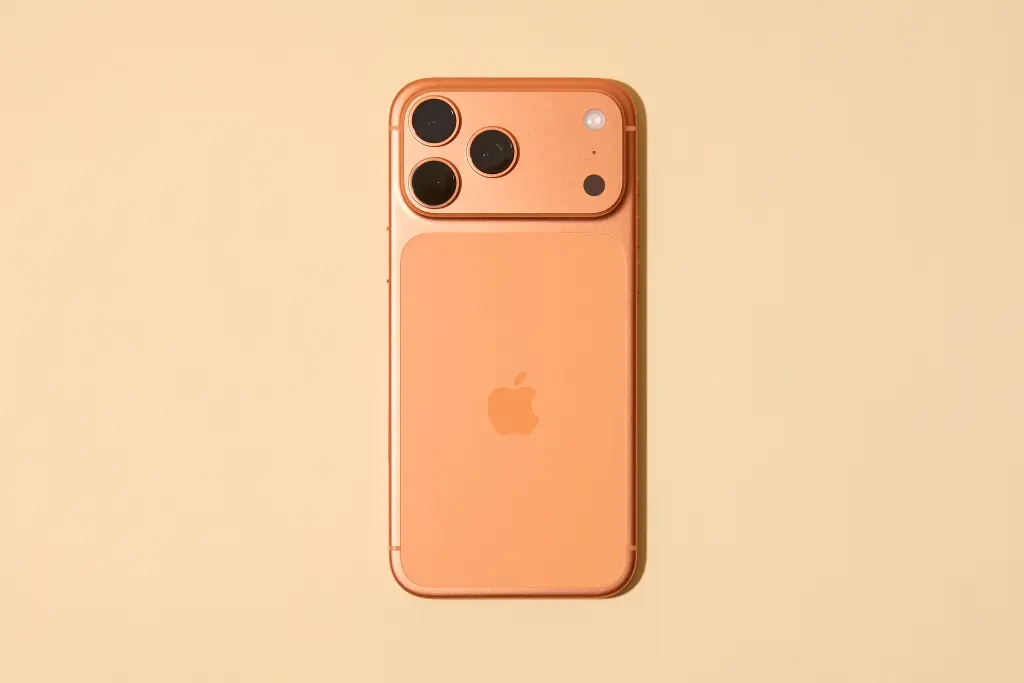
1. iPhone 17 Pro Max (2025)
The iPhone 17 Pro Max is Apple’s most advanced phone yet – powerful, elegant, and built for creators.
It features the A19 Pro chip, a stunning Super Retina XDR display, and a refined triple-camera system with cinematic video capabilities.
Why buy: Exceptional battery life, best-in-class camera, and long software support.
Best for: Power users, professionals, and mobile filmmakers.
Price: Around $1,199
Buy iPhone 17 Pro Max on Chax Tool
2. iPhone 17 Pro
The iPhone 17 Pro packs nearly all the features of the Pro Max but in a smaller, more comfortable size.
It offers the same A19 Pro performance, brilliant OLED display, and professional-grade photography.
Why buy: Same performance as the Pro Max, more compact and affordable.
Best for: Everyday users who want flagship power.
Price: Starts at $1,099
Buy iPhone 17 Pro on Chax Tool
3. iPhone 17
The iPhone 17 is the perfect balance between performance and price.
It runs on the A19 chip, supports Dynamic Island, and delivers strong camera performance for a non-Pro model.
Why buy: Flagship experience at a lower cost.
Best for: Most users who want premium quality without the premium price.
Price: Around $899
Buy iPhone 17 on Chax Tool
Best Samsung Phones to Buy in 2025 (Reviewed & Recommended)

Samsung’s 2025 lineup offers everything from powerhouse flagships to foldable innovation.
Here are the best Samsung Galaxy phones worth buying this year.
1. Samsung Galaxy S25 Ultra
The Galaxy S25 Ultra is Samsung’s most powerful phone ever – featuring the Snapdragon 8 Gen 4, a 200MP AI-powered camera, and ultra-fast 45W charging.
It includes S Pen support, perfect for creatives and business users.
Why buy: Top-tier camera, long battery life, and unmatched productivity.
Best for: Professionals, photographers, and Android enthusiasts.
Price: Around $1,249
Buy Galaxy S25 Ultra on Chax Tool
2. Samsung Galaxy S25
The Galaxy S25 delivers flagship performance at a lower cost.
It features a 6.6-inch AMOLED 120Hz display, Snapdragon 8 Gen 4, and improved AI camera technology.
Why buy: Same core performance as the Ultra, but more compact and affordable.
Best for: Users who want flagship power without the Ultra’s price.
Price: Around $849
Buy Galaxy S25 on Chax Tool
3. Samsung Galaxy Z Fold 6
The Galaxy Z Fold 6 is Samsung’s most premium and futuristic device.
It transforms from a phone to a tablet, offering unmatched multitasking capabilities and the flexibility of a foldable display.
Why buy: Revolutionary design and productivity experience.
Best for: Tech enthusiasts, business users, and multitaskers.
Price: Around $1,799
Buy Galaxy Z Fold 6 on Chax Tool
Design and Build Quality
Design is the first thing most buyers notice – and both brands excel here.
Apple’s iPhone 16 Pro series continues the flat-edge titanium design that feels solid, elegant, and minimalist. The craftsmanship is nearly flawless, with tighter tolerances and a balanced weight distribution.
Samsung, on the other hand, takes a curved-edge approach on its Galaxy S24 Ultra, with a bold design and more futuristic aesthetic. The Galaxy Z Fold 6 and Z Flip 6 offer something Apple still doesn’t – foldable innovation.
If you value sleekness and a premium, consistent feel, the iPhone leads.
If you love cutting-edge design and variety, Samsung wins.
Verdict:
- iPhone: Clean, minimal, professional
- Samsung: Bold, experimental, futuristic
Display Technology and Screen Quality
Both iPhone and Samsung deliver some of the best displays in the world.
Samsung is still the king of smartphone displays, using its own Dynamic AMOLED 2X panels with QHD+ resolution and up to 2,600 nits of brightness. Colors are rich, blacks are deep, and HDR video looks stunning.
Apple’s Super Retina XDR OLED is equally impressive, though slightly cooler in tone. The iPhone 16 Pro Max’s ProMotion display offers buttery-smooth 120Hz refresh rate with true-to-life color accuracy.
For most users, both screens are exceptional.
But if you compare side by side, Samsung offers more vivid visuals and slightly higher brightness – while Apple’s tone feels more natural and cinematic.
Verdict:
- iPhone: Best for true-to-life color accuracy
- Samsung: Best for brightness and sharpness
Camera Performance and Real-Life Results
Cameras remain a top factor when deciding between iPhone and Samsung.
iPhone 16 Pro Camera
Apple continues to focus on realistic color reproduction and natural tone mapping. Its 48MP sensor captures crisp detail, while Smart HDR and Photonic Engine balance highlights and shadows beautifully.
Video remains unmatched – with cinematic mode, Dolby Vision, and ultra-stable 4K footage.
Samsung Galaxy S24 Ultra Camera
Samsung leans into power and versatility. Its 200MP main camera captures massive detail, and its telephoto zoom outperforms iPhone’s digital zoom easily. Samsung’s images are punchier and more vivid – great for social media sharing.
Real-Life Comparison
- For photography purists and videographers → iPhone
- For zoom, flexibility, and saturation-rich photos → Samsung
Verdict:
- iPhone: Best for video and realistic photos
- Samsung: Best for zoom and vibrant photos
Software and User Experience (iOS vs One UI)
Here’s where preferences truly divide users.
iOS 18 is smooth, secure, and deeply integrated with Apple’s ecosystem. Every element feels cohesive, from FaceTime to AirDrop. The new AI-driven features – like Smart Reply and iOS 18 Intelligence – make daily use more effortless.
One UI 6.1, based on Android 14, gives you far more customization freedom. Samsung’s interface allows you to tweak everything – themes, widgets, multitasking setups, and more. It’s excellent for users who love control.
- iOS: Simple, consistent, intuitive
- One UI: Advanced, customizable, powerful
Verdict:
If you want simplicity and reliability, go iPhone.
If you enjoy flexibility and personalization, Samsung wins.
Performance and Speed
Apple’s A18 Pro chip is a beast – offering lightning-fast speed and unmatched energy efficiency. It dominates in single-core performance and is finely tuned for iOS.
Samsung’s Snapdragon 8 Gen 3 for Galaxy isn’t far behind, offering raw power, better multitasking, and superior AI handling. In gaming and multitasking, it shines.
Gaming, app switching, and everyday use feel seamless on both.
However, Apple’s optimization often means smoother, more consistent results – even with fewer cores.
Verdict:
- iPhone: Slightly faster in real-world use
- Samsung: More powerful in benchmarks and gaming
Storage and Memory
Storage choices differ slightly between brands.
- iPhone 16 Series: 128GB to 1TB
- Galaxy S24 Ultra: 256GB to 1TB
Samsung offers more RAM (up to 12GB), which helps multitasking. Apple’s efficient memory management means its 8GB still performs remarkably well.
Samsung wins in flexibility – but both are equally future-proof.
Battery Life and Charging Speed
Samsung clearly leads in charging.
The Galaxy S24 Ultra charges up to 45W wired and supports wireless + reverse wireless charging. You can even charge your earbuds or smartwatch using your phone’s back.
Apple’s iPhone 16 Pro Max supports 27W wired and MagSafe wireless charging. It’s slower, but its battery optimization is incredible.
Battery longevity:
- iPhone lasts longer during standby and video playback.
- Samsung charges faster and handles multitasking power-hungrily.
Verdict:
- iPhone: Better battery efficiency
- Samsung: Faster charging
Ecosystem and Device Integration
Apple’s ecosystem advantage remains unmatched.
Your iPhone connects seamlessly with your iPad, MacBook, Apple Watch, and AirPods. Features like Continuity, AirDrop, and Universal Clipboard make productivity effortless.
Samsung’s Galaxy ecosystem is catching up fast. Galaxy Buds, Galaxy Watch, and SmartThings integration work beautifully – especially if you also use Windows PCs (via Phone Link).
Verdict:
- Apple: Best for users already invested in Apple products
- Samsung: Best for Android + Windows users or multi-device control
Security and Privacy
Apple has built its brand around user privacy. iPhones store sensitive data on-device and limit third-party tracking by default.
Samsung offers strong security through Knox protection, but Android’s open nature allows more apps to access user data. Still, Samsung’s secure folder and biometric options are robust.
Verdict:
Apple wins in privacy.
Samsung wins in flexibility with security.
Software Updates and Longevity
Apple guarantees 5–6 years of major updates across all models. Even older iPhones get new iOS versions and security patches.
Samsung now promises 7 years of updates – an industry-leading commitment. That makes the S24 Ultra just as future-proof as an iPhone.
Verdict:
Both brands now offer long-term value.
Samsung matches Apple’s longevity for the first time.
Price Comparison
| Model | Starting Price (USD) | Storage Options |
|---|---|---|
| iPhone 16 | $799 | 128GB – 512GB |
| iPhone 16 Pro | $999 | 128GB – 1TB |
| iPhone 16 Pro Max | $1,199 | 256GB – 1TB |
| Galaxy S24 | $799 | 128GB – 512GB |
| Galaxy S24 Ultra | $1,299 | 256GB – 1TB |
| Galaxy Z Fold 6 | $1,699 | 256GB – 1TB |
| Galaxy Z Flip 6 | $999 | 256GB – 512GB |
Both start similarly, but Samsung offers more diverse models – from foldables to budget-friendly versions.
Gaming and Performance Benchmark
If gaming is your focus, Samsung might have a slight edge.
The Snapdragon 8 Gen 3 GPU handles demanding games with higher frame rates, while Samsung’s cooling system prevents throttling.
The iPhone 16 Pro’s A18 Pro delivers smoother stability, especially in games optimized for iOS like Genshin Impact and Call of Duty Mobile.
Verdict:
- iPhone: Best for game optimization
- Samsung: Best for graphic-heavy gaming and emulation
Special Features and Innovation
Apple refines; Samsung experiments.
Samsung pushes innovation with foldables, S Pen, DeX Mode, and reverse charging.
Apple focuses on AI-driven camera tools, spatial video, and ecosystem-level integration.
If you love futuristic features, Samsung wins.
If you value stability and refined innovation, Apple wins.
iPhone vs Samsung for Photography Lovers
- Choose iPhone if you love natural, cinematic photos and professional video.
- Choose Samsung if you love ultra-zoom and color-rich photos straight out of the camera.
iPhone vs Samsung for Gamers
- Choose iPhone if you prefer stability, low latency, and consistent performance.
- Choose Samsung if you love customization, cooling, and performance flexibility.
iPhone vs Samsung for Professionals
- iPhone: Great for business users, content creators, and professionals in Apple’s ecosystem.
- Samsung: Excellent for multitaskers, Android users, and power users who want full control.
Pros and Cons Summary
| Category | iPhone | Samsung |
|---|---|---|
| Design | Elegant, premium | Stylish, innovative |
| Display | Accurate colors | Brighter, bolder |
| Camera | Realistic, top-tier video | More versatile zoom |
| OS | Simple, stable | Customizable |
| Charging | Slower | Faster |
| Ecosystem | Seamless | Expanding rapidly |
| Longevity | Excellent | Excellent |
| Price | Premium | Flexible |
What Most People Don’t Know About iPhone vs Samsung (But Should)
When people compare iPhone and Samsung, they usually focus on specs – camera megapixels, processor speed, or screen size.
But the real difference goes deeper than numbers.
The real story is about ecosystem, user experience, and long-term value.
And that’s where most buyers make their biggest mistake.
1. Apple’s Ecosystem Is Its Real Power
The iPhone isn’t just a phone – it’s a gateway.
Once you own one, it connects seamlessly with iPads, Macs, Apple Watches, and even AirPods.
That invisible connection is Apple’s greatest weapon.
You spend less time setting up, fixing, or syncing things – and more time actually using them.
This is why many iPhone users never switch back – not because of camera quality, but because the ecosystem just works.
2. Samsung Is the True Innovation Leader
Samsung’s phones are not just rivals – they’re the reason the smartphone industry keeps moving forward.
They experiment faster, launch folding phones like the Galaxy Z Fold 6, and introduce features Apple often adopts years later.
If you love trying new tech early, Samsung gives you that freedom.
Apple plays safe but polished.
Samsung takes risks and wins innovation points every year.
3. The Hidden Cost of Switching
Switching from iPhone to Samsung (or the other way around) sounds simple – but it rarely is.
Most users underestimate how much data, subscriptions, and app connections they’ll lose or have to rebuild.
Your photos, passwords, notes, and messages are tightly woven into each brand’s cloud system.
So, before switching, ask yourself:
Are you ready to rebuild your entire phone life from scratch?
4. Longevity vs Customization: The Real Trade-off
Apple wins in longevity – their phones stay smooth and supported for 5–6 years.
Samsung wins in customization – you control almost everything, from layout to hidden settings.
It’s a question of stability vs freedom.
If you want a phone that “just works” for years, go iPhone.
If you love exploring and personalizing your device, go Samsung.
5. The Hidden Pricing Strategy
Here’s what most people never realize: both brands use psychological pricing.
Apple rarely discounts – it keeps high resale value and premium perception.
Samsung, on the other hand, cuts prices fast after launch.
So, if you want the best deal, Samsung rewards patience.
If you want consistent value and status retention, Apple rewards loyalty.
6. Privacy: The Invisible Deal
Apple openly markets privacy – and delivers strong on-device protection.
Samsung’s privacy is also robust, but tied more to Google’s Android system.
The truth is: Apple locks you into its world to protect your data; Samsung gives you more control but with more exposure.
Your choice here isn’t about right or wrong – it’s about how much freedom you want to trade for security.
7. The Emotional Connection
Finally, people rarely admit this: phones are emotional products.
iPhone users often describe pride, simplicity, or trust.
Samsung users describe excitement, power, and discovery.
Your choice reflects how you like to experience technology – comfort and class or power and possibility.
FAQs
Both are excellent. Choose iPhone for simplicity and seamless integration; choose Samsung for customization and innovation.
Samsung leads in zoom and detail, while iPhone wins in video and natural tones.
Both now last around 5–7 years with updates. Apple still leads slightly in long-term software consistency.
Yes, slightly. The A18 Pro chip is more optimized for real-world performance.
Samsung is more powerful for heavy games, but iPhones remain more stable and efficient.
Final Verdict: Which One Should You Buy?
The iPhone vs Samsung debate doesn’t have a single winner – it depends on you.
- Choose iPhone if you value simplicity, security, reliability, and long-term updates.
- Choose Samsung if you want versatility, fast charging, customization, and foldable options.
Both dominate for a reason. In 2025, your best phone isn’t about brand – it’s about what fits your lifestyle.
Whether you go for the iPhone 16 Pro Max or Galaxy S24 Ultra, you’re getting one of the most powerful smartphones ever built.
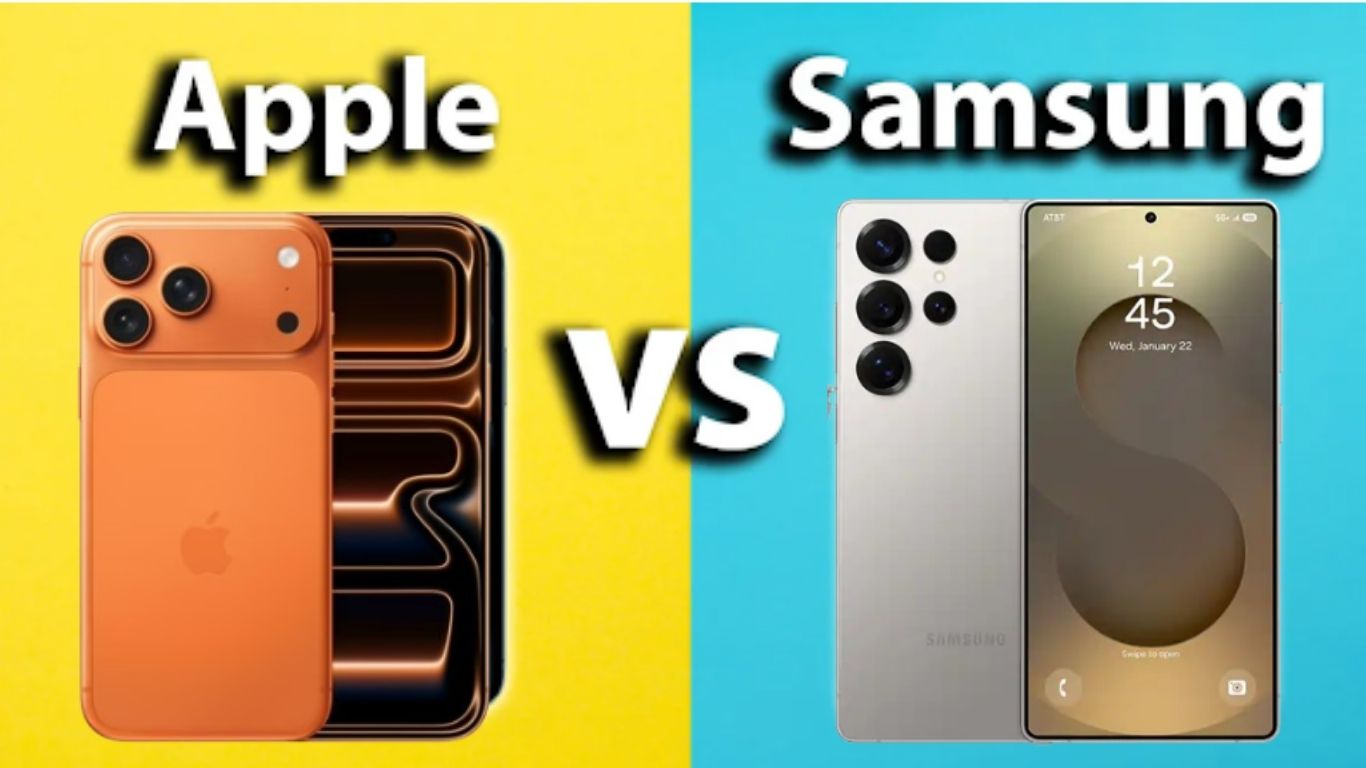

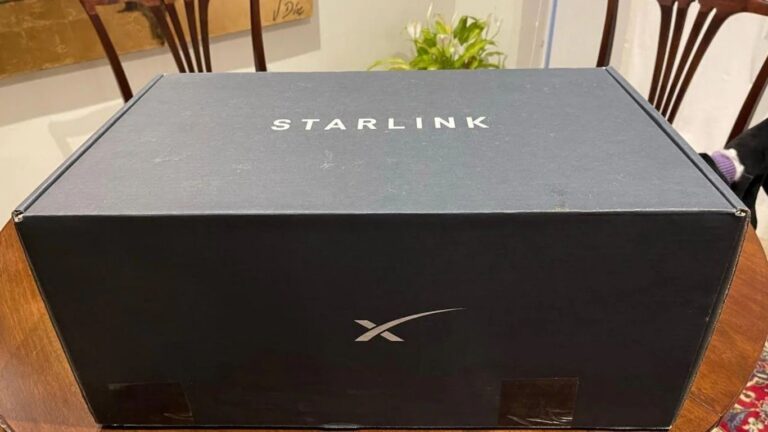
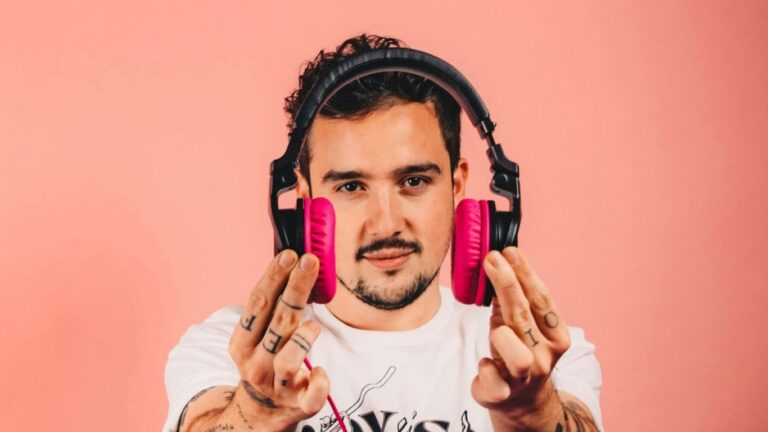
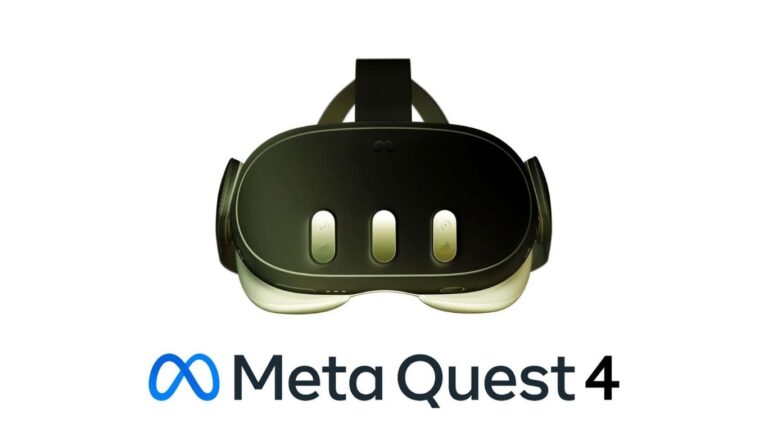

[…] support custom resolutions, allowing you to generate designs that perfectly fit any device — from iPhone 17 Pro Max to Samsung Galaxy or Google Pixel. After generating your wallpaper, you can download and set it directly from your […]